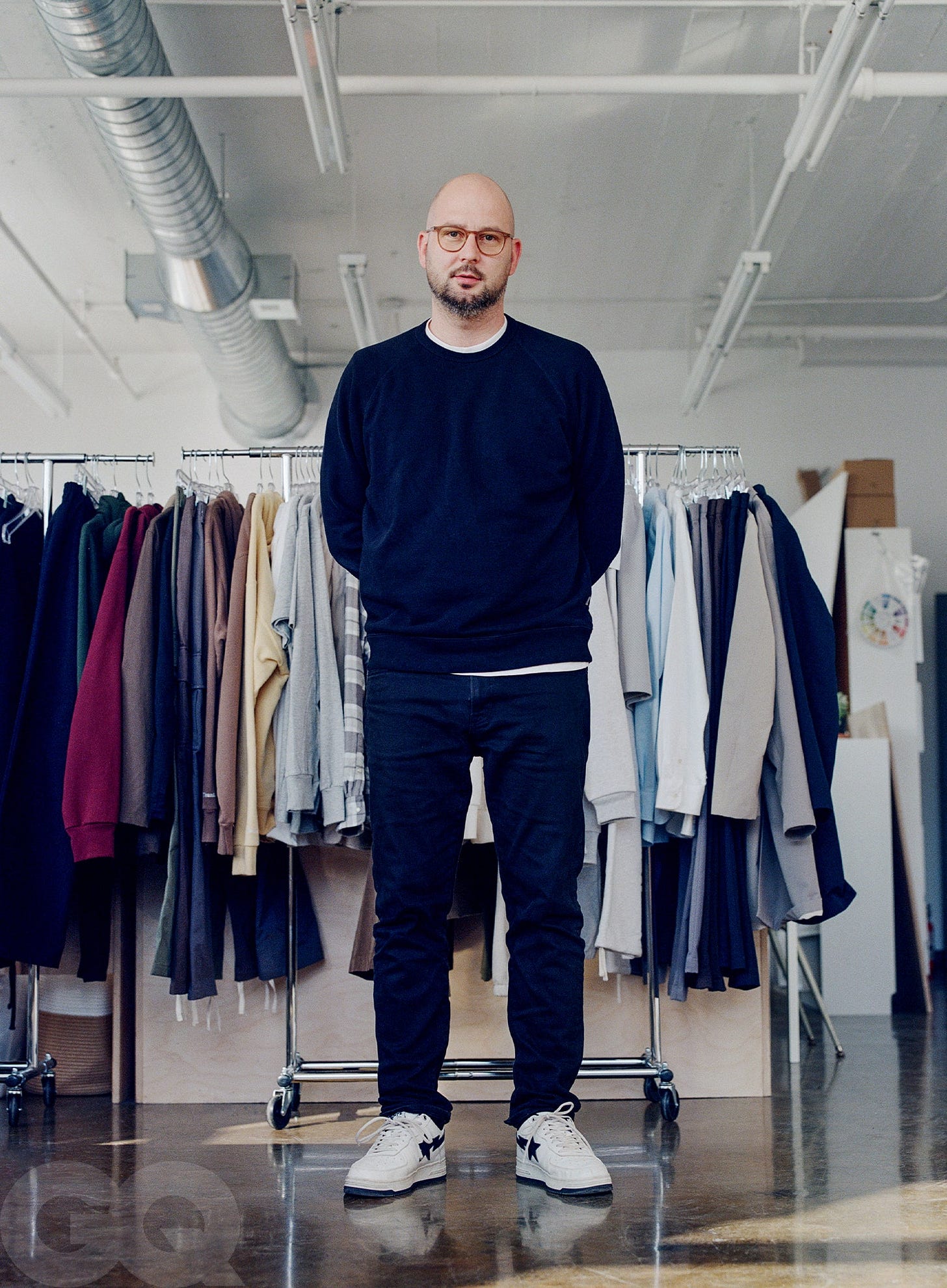1. We’re Nearing Opinion Overload
Whether it’s a serious issue like a heinous war or a deeply unserious celebrity story like Taylor Swift dating an NFL tight end, we cannot seem to stop offering our opinions online, no matter how little we know about a topic. The pressure to participate has never been more significant, often leading to a severe case of foot-in-mouth disease.
Boy, ain’t that the truth. It’s a common observation, everyone’s got a take these days and our culture basically demands it. #SilenceIsViolence, but also #SpeechIsViolence, so we’re stuck in this neverending brain-numbing online environment that cycles through WORLD EVENT 🔁 THE DUMBEST PEOPLE YOU KNOW GIVING THEIR TAKE, and repeat ad nauseam. Just one of the many amazing features of our hyperconnected world. Sorry, but I refuse to listen to kpop stan accounts weigh in on the Israel-Palestine conflict. Shut the fuck about it and stick to your beat. I’m gonna keep writing about culture and fashion. Read here.
2. Why the Culture Wins: An Appreciation of Iain M. Banks
This is a very interesting book review of a science fiction novel called “Considering Phlebas’ by Ian M. Banks. One of Karl Marx’s poignant claims about technology was that the development of the forces of production drives the relations of production, put in more contemporary terms there are functional relations between technology and social structure. Informational and communications technology now drastically alters our social relations and even the relationships we have with the government. AI is going to fundamentally shift how we live in ways that we can’t imagine. What the book basically posits is that once we reach a post-scarcity, post-work society, the only thing left to give society meaning is “The Culture”.
Indeed, Banks distinguishes himself in having thought carefully about the social and political consequences of technological development. For example, once a society has semi-intelligent drones that can be assigned to supervise individuals at all times, what need is there for a criminal justice system? Thus in the Culture, an individual who commits a sufficiently serious crime is assigned – involuntarily – a “slap drone,” who simply prevents that person from committing any crime again. Not only does this reduce recidivism to zero, the prospect of being supervised by a drone for the rest of one’s life also serves as a powerful deterrent to crime.
This is an absolutely plausible extrapolation from current trends – even just looking at how ankle monitoring bracelets work today. But it also raises further questions. For instance, once there is no need for a criminal justice system, one of the central functions of the state has been eliminated. This is one of the social changes underlying the political anarchism that is a central feature of the Culture. There is, however, a more fundamental postulate. The core feature of Banks’s universe is that he imagines a scenario in which technological development has freed culture from all functional constraints – and thus, he imagines a situation in which culture has become purely memetic. This is perhaps the most important idea in his work, but it requires some unpacking.
It might be a little dry at first but I highly recommend reading it.
3. How JJJJound Defined Good Taste for the Internet Era
One of the many successful alumni of DONDA.
In the mid-aughts, Justin R. Saunders pioneered the internet mood board: an endless scroll of aspirational images that helped define (and democratize) cool for an entire generation. And then he set about turning his discerning eye into a very 21st-century sort of clothing brand.
4. Will the Grateful Dead Live Forever — Through Merch?
Since the Dead sold one of its earliest T-shirts in the late ’60s, featuring keyboardist Ron “Pigpen” McKernan and designed by Hell’s Angel Allan “Gut” Terk, its merchandise business has evolved into an international brand licensed to dozens of companies and sold in stores from Walmart to Saks Fifth Avenue. What Cherman calls the “holy trinity” of Dead logos — dancing bears, lightning bolts and skeletons — is on thousands of products. Online, fans can buy a pair of tie-dyed Crocs containing pink-and-yellow dancing-bear charms for $160; a $70 Teton hoodie designed for snowboarding; Grateful Dead leggings marked with “GD” and pink roses, $38; Grateful Dead fluorescent green Nike skateboarding shoes, $110; a psychedelic Air Garcia skateboard, $65; and a pair of Grateful Dead skis topped with the “Steal Your Face” skull logo, $750.
The band’s merch machine has also served as an exemplar of how an act can expand its brand into a multimillion-dollar business, raking in revenue years, and even decades, after the deaths of such core members as McKernan, Jerry Garcia and lyricist Robert Hunter.
I gotta admit, I have a few Grateful Dead pieces from Online Ceramics and I honestly don’t even like their music that much. The aesthetics are great though. Read here.








